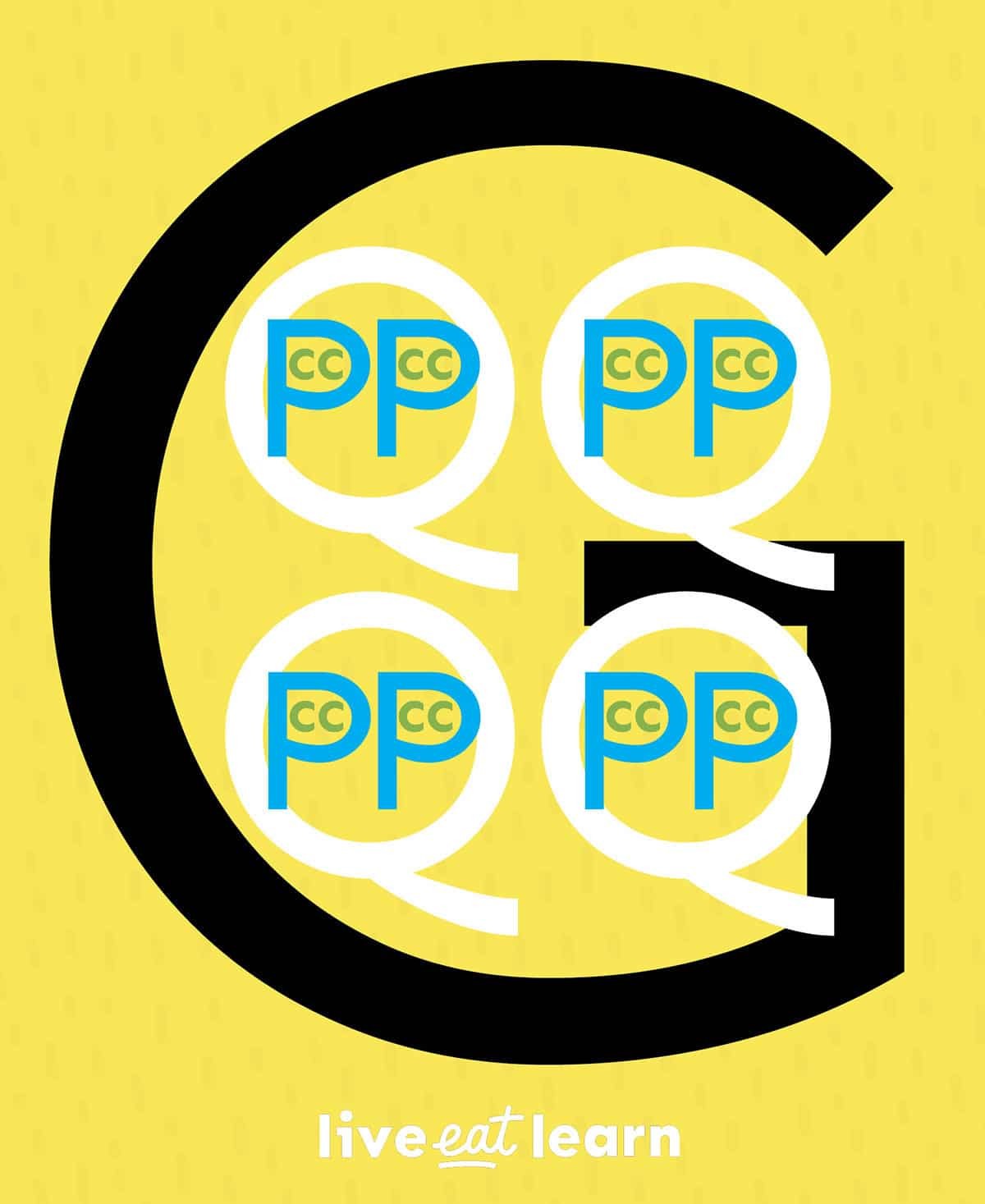When you’re in the middle of cooking or baking, especially when following recipes from the US or older cookbooks, understanding volume measurements is crucial. Ever found yourself wondering, “How Many Cups Are In A Pint?” It’s a common question, and getting it right can be the difference between culinary success and a kitchen mishap. Let’s dive into this essential conversion and explore everything you need to know about cups and pints.
 Visual guide to US volume measurements: A diagram showing how many cups, pints, and quarts are in a gallon, useful for cooking and baking conversions.
Visual guide to US volume measurements: A diagram showing how many cups, pints, and quarts are in a gallon, useful for cooking and baking conversions.
The Simple Answer: Cups to Pints Conversion
Let’s get straight to the point:
There are 2 cups in 1 pint.
This is a fundamental conversion to remember in the kitchen. Conversely, if you have a cup and need to know its pint equivalent:
One cup is equal to ½ (or 0.5) of a pint.
Another helpful way to think about it in terms of fluid ounces:
- 1 cup = 8 fluid ounces
- 1 pint = 16 fluid ounces
These relationships are consistent in the United States customary system of measurement and are vital for accurately following recipes and adjusting quantities.
Understanding Pints
A pint is a unit of volume in the imperial and United States customary measurement systems. Its history is quite interesting. The word “pint” comes from the Old French word “pinte” and possibly further back to the Latin “pincta“, which relates to markings painted on containers to indicate their capacity. Historically, in places like ancient Rome, a pint was often considered 1/8th of a gallon. This fraction-based system was practical in times when precise decimal measurements were harder to achieve. Think about dividing a jug of wine into halves, then halves again – it was much easier to measure out eighths than tenths accurately by hand.
Today, a pint is commonly used for liquids like milk, cream, beer, and even ice cream. You’ll often see these items sold in pint-sized containers in grocery stores.
Understanding Cups
The “cup” as a standardized unit of measure is a relatively more recent development compared to the pint. While people have used cups as informal measures for centuries, the standardized US cup measurement we use today was largely popularized by Fannie Farmer in 1896. Fannie Farmer, the director of the Boston Cooking School, advocated for using precise measurements in recipes in her influential book, “The Boston Cooking School Cook Book”. Before standardization, recipes often used vague terms like “a handful” or “a teacupful,” which could lead to inconsistent results. Farmer’s work brought much-needed precision to home cooking.
A standard US cup is defined as 8 fluid ounces. It’s a very common unit in American recipes, used for both liquid and dry ingredients.
Cups, Pints, and Ounces: Building Blocks of Volume
Understanding the relationship between cups, pints, and fluid ounces makes kitchen conversions much easier. Here’s a recap:
- 1 cup = 8 fluid ounces
- 2 cups = 1 pint = 16 fluid ounces
- 4 cups = 2 pints = 1 quart = 32 fluid ounces
- 16 cups = 8 pints = 4 quarts = 1 gallon = 128 fluid ounces
These are foundational measurements in US customary units. While the metric system, used by most of the world, is based on decimals and arguably simpler (think liters and milliliters), the US continues to use these older imperial units. The historical reasons for this are complex, but the Roman system of halves and fractions, which influenced these measurements, has deep roots.
Quick Conversion Chart
For quick reference, here’s a handy conversion chart extending beyond just cups and pints:
| Fluid Ounces (fl oz) | Cups | Pints | Quarts | Gallons |
|---|---|---|---|---|
| 8 fl oz | 1 cup | 1/2 pint | 1/4 quart | 1/16 gallon |
| 16 fl oz | 2 cups | 1 pint | 1/2 quart | 1/8 gallon |
| 32 fl oz | 4 cups | 2 pints | 1 quart | 1/4 gallon |
Tips for Remembering the Conversion
Memorizing “2 cups in a pint” is key. Here are a few tricks that might help:
- Think of “Pint” and “Two”: The word “pint” is shorter than “quart,” and a pint is smaller than a quart, just like “two” is smaller than “four.” This can help you remember that pints come before quarts in size and numerical order (2 cups in a pint, 4 cups in a quart).
- Visualize: Imagine a pint glass filled with liquid. Picture pouring that liquid into two standard measuring cups – it fills them up perfectly.
- Practice: The more you use these measurements while cooking and baking, the easier they will become to remember. Try converting recipe measurements as a mental exercise.
In Conclusion
So, to definitively answer the question: there are 2 cups in a pint. Understanding this simple conversion, along with the relationships between cups, pints, ounces, and other US customary units, will make you much more confident and efficient in the kitchen. Whether you’re doubling a recipe or simply trying to understand American measurements, this knowledge is incredibly useful.
